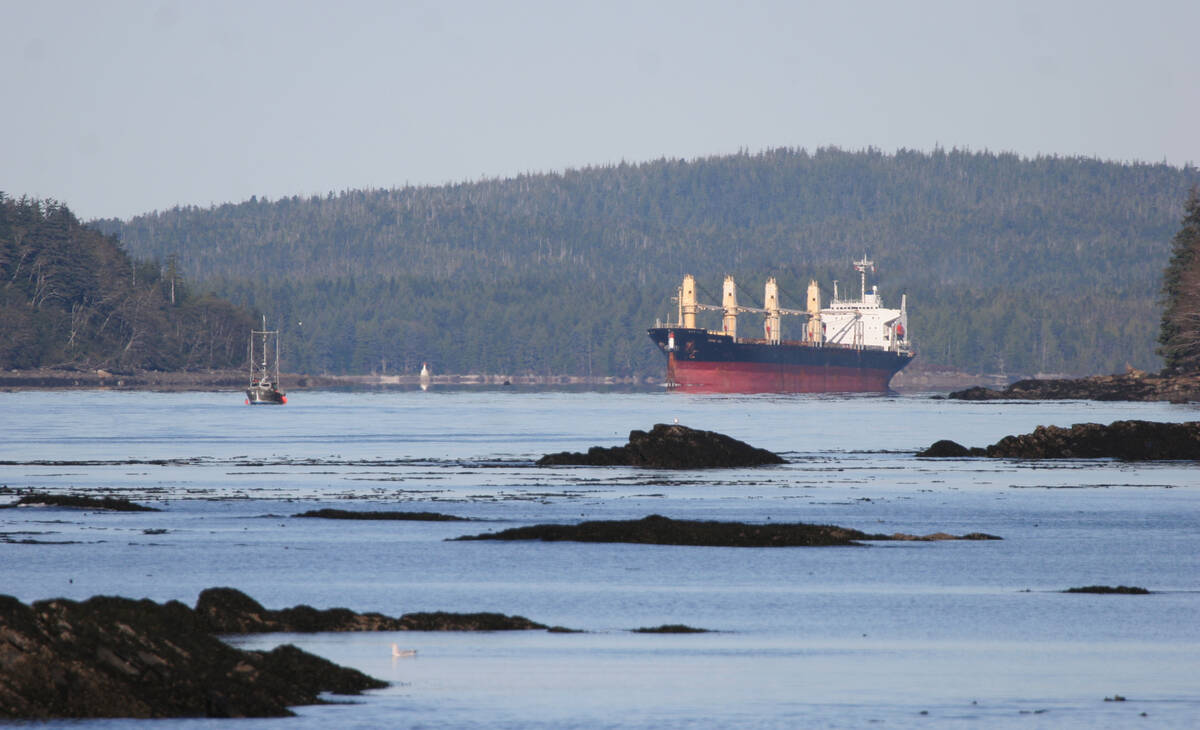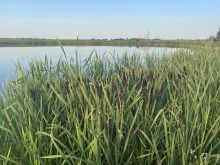Livestock producers should survey their feedlots and holding pens now to look for problems that can be solved in the drier months of summer, according to a North Dakota State University specialist.
“This is typically the muddiest time of the year,” said Scott Birchall, a livestock waste management specialist at NDSU’s Carrington Research extension centre.
“And that mud not only restricts the movement of animals and vehicles, it also reduces livestock performance.”
Birchall said research at Texas A&M University showed that 10-15 centimetres of mud can cut weight gain by 14 percent in beef cattle.
Read Also

Farm groups ask feds for export sales reporting
The Agricultural Producers Association of Saskatchewan and SaskCrops asks the federal government to create an Export Sales Reporting program.
Another problem that’s amplified by mud is odor.
“Odor emissions from wet manure are 25 to 100 times higher than from dry manure,” Birchall said.
“In this time of environmental awareness and increased sensitivity to odor, it’s important to get those lots dried off as soon as possible.”
He said there’s little that producers can do now to improve drainage and speed drying of lots and pens. What they can do is look for problem areas and make plans to correct them once conditions improve.
A key is to improve drainage, Birchall said.
Lots should be sloped by at least two percent, preferably four to six percent to remove water. Low spots and holes should be filled. Obstructions to drainage should be removed.
Watch for buildup of waste along fences and other areas that can trap water.
In flat areas where it’s not possible to create a slope, dirt mounds can help keep stock dry.
Birchall cautioned that mounds should not obstruct drainage and as dirt is moved to create the mounds, the drains that are formed should again have a slope of at least two percent.
Birchall and other specialists at the extension centre plan to study the use of fly ash to reduce mud in feedlots, roads and feed storage areas.
Fly ash is a byproduct of coal combustion and readily available from power utilities in North Dakota. The fly ash forms a hard, durable surface and may provide a low-cost alternative to concrete.














